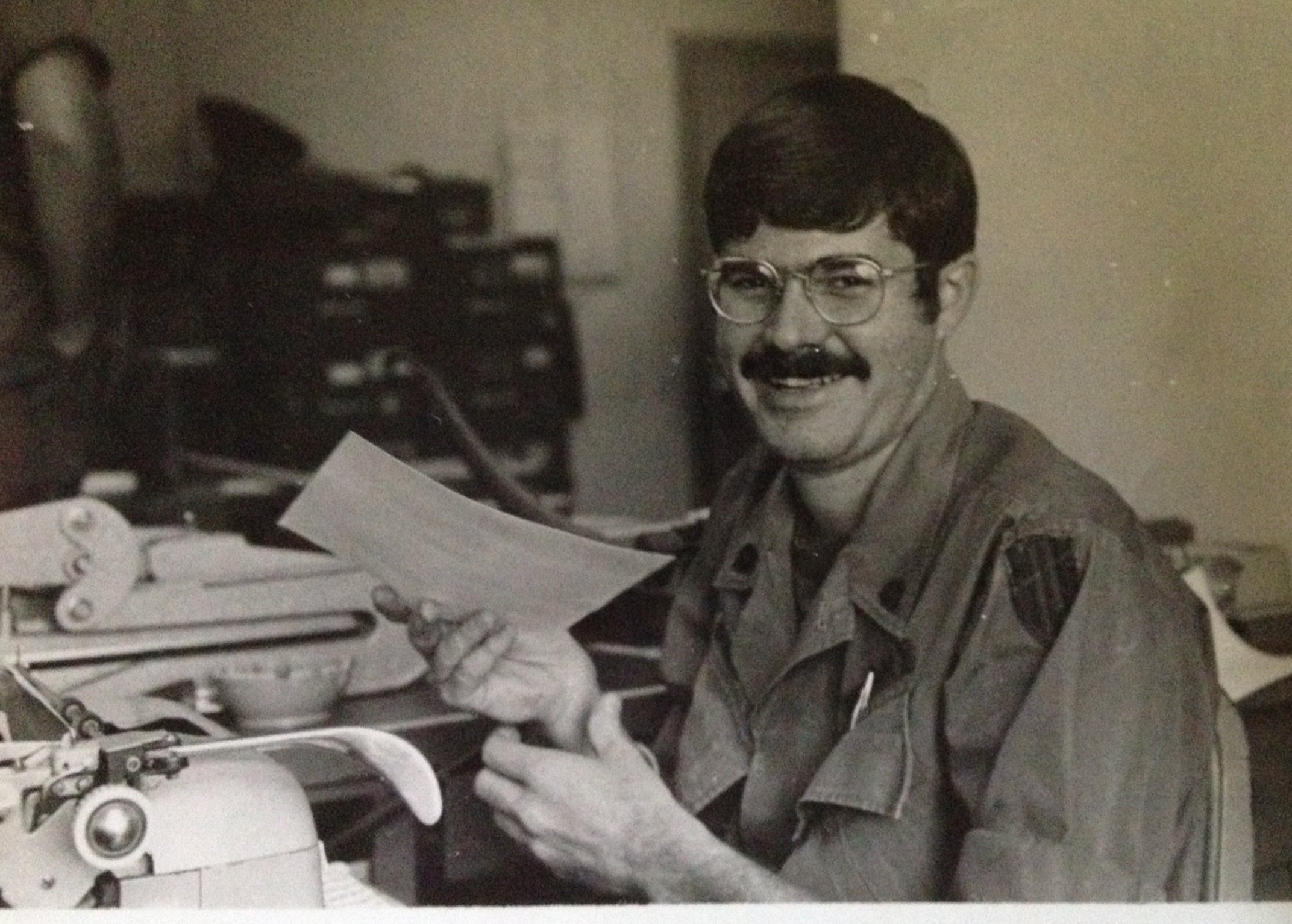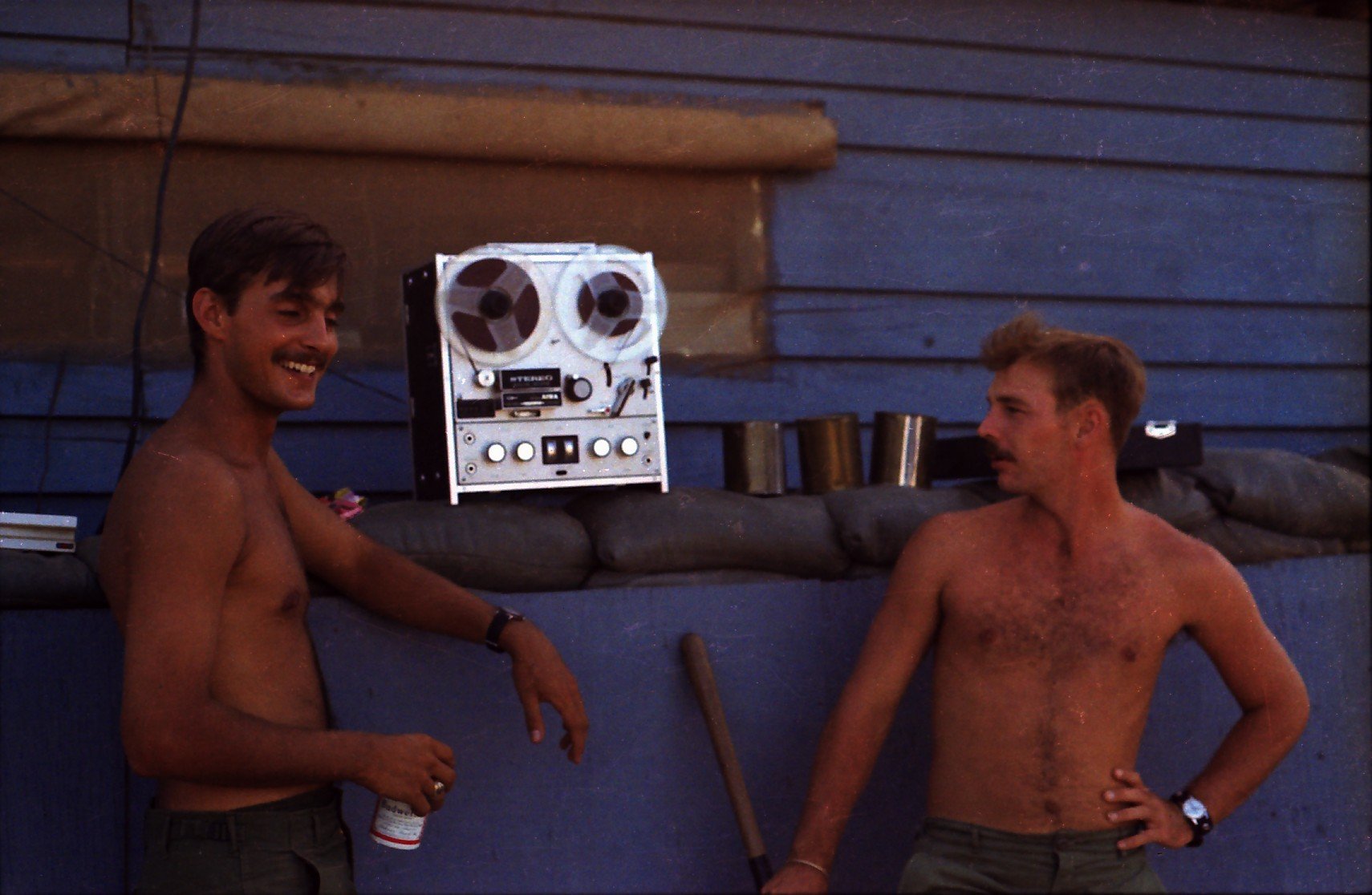Abstract
Music can influence clinicians’ and patients’ mental states and emotions via the capacity of rhythm and tone to entrain. Entrainment can facilitate relaxation and distraction from pain and has a role to play in experiences with and in health care. In this article, we discuss the benefits of music from the perspectives of a physician and a veteran.
Benefits of Music
Music has several distinctive features. It is time transferable: a song can take you back to a beloved childhood memory, a moment when you felt unconditional love from a parent. It can remind you of a monumental success, for example. It can elicit a memory of a nadir in your life when a low mood seemed so insurmountable you couldn’t go on. In ways chemical and personal, music can move you back in time to a specific moment, as if you were experiencing it again. It is epinephrine for your motivational drive: you hear a specific song, and, unexpectedly, you are moved to take action. Music is also serotonin for your outlook on life: when a favorite song plays, things don’t seem as drab and dire as they did before, and you can experience hope that your current life will get better.
What are the medical benefits of music? Here, we seek to answer this question from the perspectives of a physician and a veteran.
A Physician’s Perspective
The subjective experiences of music described above deserve more attention from health care professionals. The health benefits of music have been studied and proven in a number of areas. Music has been shown to improve recovery of motor and cognitive function in stroke patients.1 It has been shown to be an effective intervention for patients experiencing both acute and chronic pain.2 Music accompanying exercise rehabilitation has been shown to improve the overall palliative care experience for patients nearing the end of their lives.3 And there is evidence that music-based interventions reduce symptoms of depression in patients suffering from dementia.4 The list of those whom it can potentially benefit goes on and on.
Positive effects of music on an ailing patient can be difficult to observe clinically or to quantify, but the studies thus far are promising. Even if these beneficial effects are happening solely at the subconscious level, that might be all that is needed to unleash a cascade of beneficial outcomes, such as the release of the neurotransmitter serotonin,5 which can improve mood and social functioning.6 Serotonin levels are even associated with physical health.7
A Veteran’s Perspective
Vietnam veterans, a group the first author is proud to be part of (see figure 1), are well known for their refusal to talk openly about their war experiences. To this day, many have never talked about their service in Vietnam, even with their spouses and family members. After more than 10 years of conversations with veterans, which ultimately resulted in the book, We Gotta Get Out of This Place: The Soundtrack of the Vietnam War,8 my coauthor Craig Werner and I discovered that by asking, “Did you have a special song?,” we were able to help veterans feel more comfortable and open up about their war experiences in conversation. Again and again, as we listened to more than 300 veterans, we heard, “I’ve never talked about Vietnam, but the music takes me back...”
Figure 1. US Army Combat Correspondent Doug Bradley

Caption
Bradley gives a thumbs up to the songs playing on the Armed forces radio in his office at army headquarters in Long Binh, South Vietnam, in September 1971. Photo courtesy of Doug Bradley.
Given Vietnam veterans’ reluctance to discuss their war experiences, we began our conversations with a simple question: “What’s your song?” In most cases, the floodgates opened, with the veterans telling us how music helped them and their fellow soldiers to connect to each other (see figures 2 and 3) and to the world back home and to cope with the complexities of the war they had been sent to fight. When they recalled and talked about a song—“These Boots Are Made for Walkin’,” “My Girl,” “And When I Die,” “Ring of Fire” and scores of others—in that moment of remembering, many of them began to finally “heal” from the war’s wounds, if in no other way than by opening up and being vulnerable, yet feeling safe. They and we knew that total healing would take a while, but, thanks to the music, this was a start—one 40 or 50 years in the making.
Figure 2. US Soldiers in Vietnam Listen to Music on Reel-to-Reel Tape Decks

Photo courtesy of Doug Bradley.
Figure 3. US Soldiers in Vietnam Listen to an Army Band

Caption
They’re not Blood, Sweat, and Tears, but army bands provided respite for weary US soldiers in Vietnam by playing the songs they remembered and loved. Photo courtesy of Doug Bradley.
While it wasn’t our intention to write a theoretical or academic book, we did want to explore the therapeutic benefits of music for Vietnam veterans. Our understanding of stories veterans shared was influenced by ongoing research into relationships among music, memory, and trauma. A cottage industry of recent studies, sparked by Daniel Levitin’s This Is Your Brain on Music: The Science of a Human Obsession9 and Oliver Sacks’ Musicophilia: Tales of Music and the Brain,10 for example, document how—if the circumstances are right—music can help heal psychological wounds. We were aware that memory can be slippery, especially when connected to traumatic experiences, and that the stories people tell can reveal important features of their psychological needs. Moreover, stories can change over time, sometimes because information is added, sometimes because of forgetting or repressing, sometimes in response to changes in political or cultural climate. That’s why the music “hooks” were so helpful—because there was an authenticity to the musical memories that grounded the veterans’ stories in truth.
On one level, then, We Gotta Get Out of This Place could be seen as a collective portrait of a group of individuals using music to try to make sense of a multifaceted experience that mostly didn’t make much sense to many. In the end, what emerged from more than 10 years of research and interviews was a group portrait unlike any other, an oral history that engages rarely-asked questions of what music really means to the people who listen to it. The stories—some told shortly after events during the period between 1965 and 1974, some told decades later—document veterans’ states of mind and remembrance at different points in time. While we don’t directly address these stories’ implications for the study of memory, we trust the veterans’ stories will be of interest to scholars who wish to understand memory and to clinicians seeking to benefit patients.
Music can profoundly affect mood, outlook, and quality of life, war veterans’ and patients’ alike. As Ricardo Lopez, who served with the US Air Force in Vietnam and Thailand from 1967 to 1969, told us, “I listened to music whenever I could when days were dark in Vietnam. There was this cafeteria on base, and sometimes I’d go there at three or four in the morning, thinking about guys who weren’t coming back. I sat there listening to the jukebox.”8
A jukebox in every patient’s room is not necessary, but any type of music player would likely be therapeutic. The songs and the memories and the brain chemistry will do the rest.
References
- Fotakopoulos G, Kotlia P. The value of exercise rehabilitation program accompanied by experiential music for recovery of cognitive and motor skills in stroke patients. J Stroke Cerebrovasc Dis. 2018;27(11):2932-2939.
-
Martin-Saavedra JS, Vergara-Mendez LD, Talero-Gutiérrez C. Music is an effective intervention for the management of pain: an umbrella review. Complement Ther Clin Pract. 2018;32:103-114.
- Peng CS, Baxter K, Lally KM. Music intervention as a tool in improving patient experience in palliative care. Am J Hosp Palliat Care. 2019;36(1):45-49.
-
van der Steen JT, Smaling HJ, van der Wouden JC, Bruinsma MS, Scholten RJ, Vink AC. Music-based therapeutic interventions for people with dementia. Cochrane Database Syst Rev. 2017;5:CD003477.
- Dukić H. Music, brain plasticity and the resilience: the pillars of new receptive therapy. Psychiatr Danub. 2018;30(suppl 3):141-147.
- Young SN, Leyton M. The role of serotonin in human mood and social interaction. Insight from altered tryptophan levels. Pharmacol Biochem Behav. 2002;71(4):857-865.
- Muldoon MF, Mackey RH, Williams KV, et al. Low central nervous system serotonergic responsivity is associated with the metabolic syndrome and physical inactivity. J Clin Endocrinol Metab. 2004;89(1):266-271.
-
Bradley D, Werner CH. We Gotta Get Out of This Place: The Soundtrack of the Vietnam War. Amherst, MA: University of Massachusetts Press; 2015.
-
Levitin DJ. This Is Your Brain on Music: The Science of a Human Obsession. New York, NY: Dutton; 2016.
-
Sacks O. Musicophilia: Tales of Music and the Brain. New York, NY: Vintage Books; 2008.



